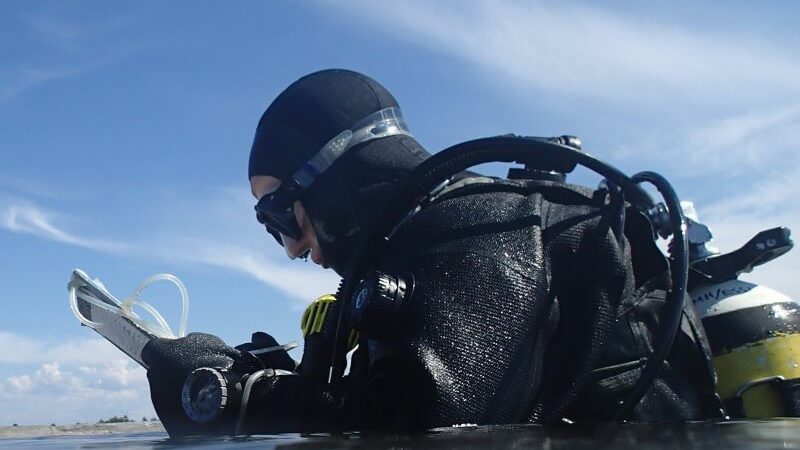Ebba and Edith are moving towards EIA and field surveys
As the spring progresses, the Ebba and Edith offshore wind power projects will continue to prepare for the environmental impact assessment procedures and future field surveys.
The Geological Survey of Finland will continue the soundings of the sea area in the coming summer, especially with regard to the Edith project in Närpes. For Ebba in Pyhäjoki and Raahe, there is mainly complementary sounding work left”, says Edith’s contact person Hanna Tuominen.
“As the summer progresses, we strive to start other field surveys as well. They will be continued several years. We investigate, for example, the natural conditions in land and sea areas and conduct physical studies at sea.”

Ramboll Finland has been selected as the EIA and planning consultant for the environmental impact assessment and planning of the Edith project. The consulting partners for offshore wind power projects have been selected on the basis of public procurement principles.
Preparation proceeds with growing teams
“The launch of environmental impact assessments and zoning is topical within a year or two. The consultant selected for the Ebba project is Sitowise. They will work on zoning, the EIA procedure and prepare the necessary reports. Technical partners are also needed for planning, so the group of experts working on projects is constantly expanding,” says Sami Piippo, Project Director Ebba.
Residents interested in offshore wind power projects
Local residents follow the preparation of projects with interest.
“We have been asked about ice conditions and the impact of packed ice on wind turbines, among other things. In addition, residents are debating the visibility of wind turbines in the landscape and the possible impacts on ichthyofauna. These issues will also be carefully examined in the forthcoming EIA procedure,” says Mikko Tolkkinen, Ebba’s Wind Energy Specialist.
A couple of years of zoning
In addition to Metsähallitus and the project partners, the work will also continue locally in municipal zoning activities.
Master plans for offshore wind power projects are drawn up in accordance with section 77a of the Land Use and Building Act (as of 1 January 2025 the Land Use Act) so that the building permits for wind power plants can be granted directly on the basis of the partial master plan.
In the Finnish system, the planning of land use proceeds from a broad-based and general examination towards more detailed zoning. General land use planning is thus guided by the regional land use plan.
Regional plan work on wind power production is currently under way in both Ostrobothnia and North Ostrobothnia. Municipalities are responsible for construction and land use planning in their areas, including the territorial waters of the sea area.
The planning initiatives for the projects have been approved and zoning agreements signed in the municipality of Pyhäjoki as well as in the cities of Raahe and Närpes.